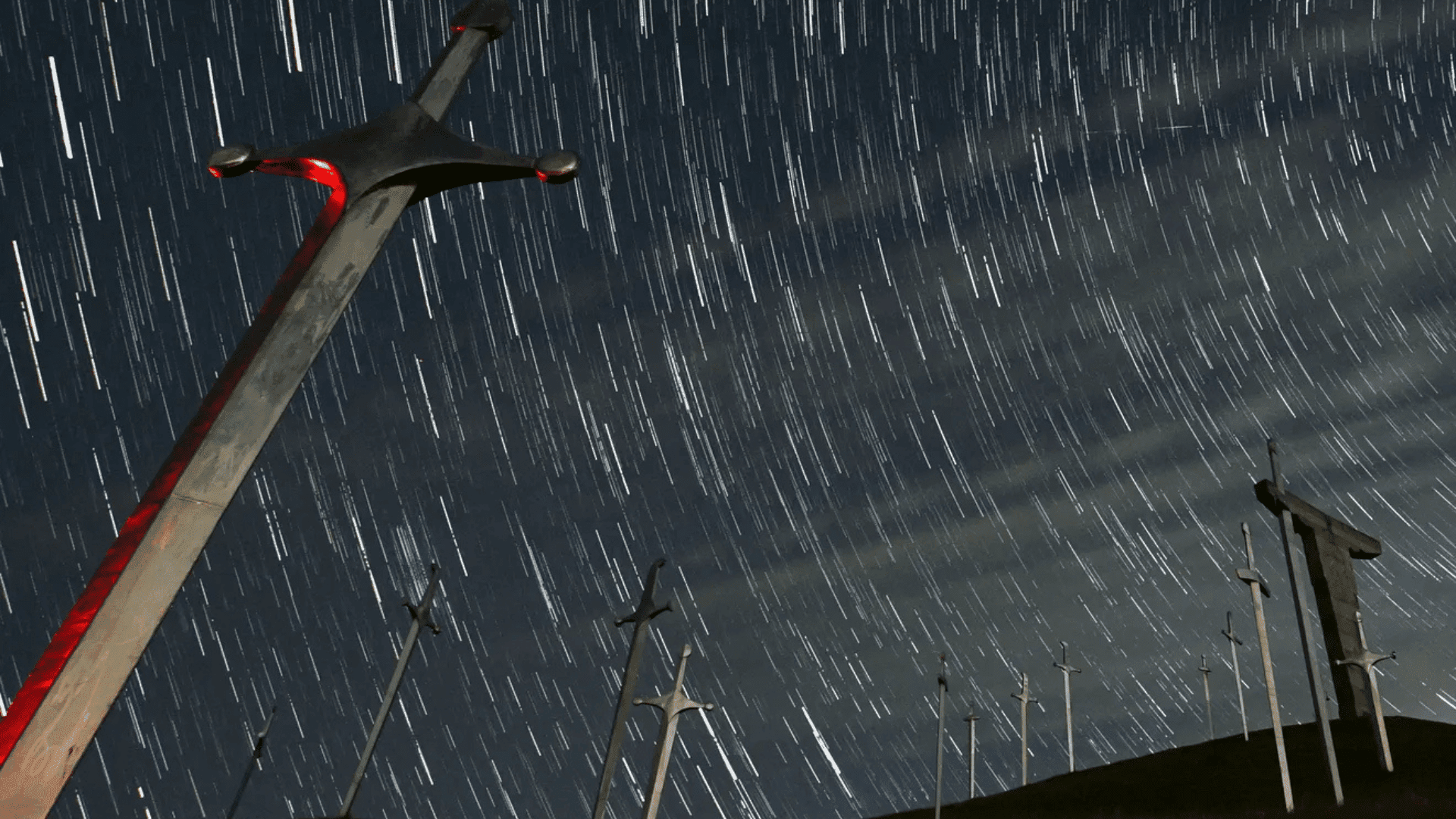One of the oldest known meteor showers is returning to the sky this week and will hit its peak next week. How can stargazers spot this phenomenon?
The Lyrid meteor shower, caused by leftover debris from comet Thatcher, becomes visible annually on Earth every April. Though the meteors don’t have the distinct tails typically associated with meteors, they do produce bright flashes called fireballs.
When Will the Meteor Shower Peak?

According to the American Meteor Society, the meteor shower will peak on Monday, April 21, and Tuesday, April 22. Though this will be the peak of the Lyrid meteor shower, stargazers could spot some shooting meteors beginning Thursday evening. The shower is anticipated to end by April 26.
How Can You See It?
The Lyrids are most visible from the Northern Hemisphere between midnight and dawn. According to astronomers, the meteors will appear from the constellation Lyra, specifically a star named Vega.
To locate Vega, look above the horizon toward the northeast between about 9 to 10 PM EDT. According to Earth Sky, Vega will climb upward throughout the night until it’s high enough that meteors will streak across the sky from that direction.
Astronomers have stated that the radiant isn’t necessarily a good guide for where to look. NASA states that looking away from the radiant will make the meteors “appear longer and more spectacular.”
NASA also provided these pro stargazing tips:
- Find an area distant from city light pollution or street lights.
- Bring a sleeping bag, blanket, or lawn chair. Lie flat on your back with your feet facing east and look up, taking in as much of the sky as possible.
- After about 30 minutes in the dark, your eyes will adapt and you will begin to see meteors.
How Many Meteors?
NASA noted that, though the Lyrids could allow stargazers to see up to 100 meteors per hour, typically viewers should expect to see approximately 10-12 meteors per hour during the peak.







